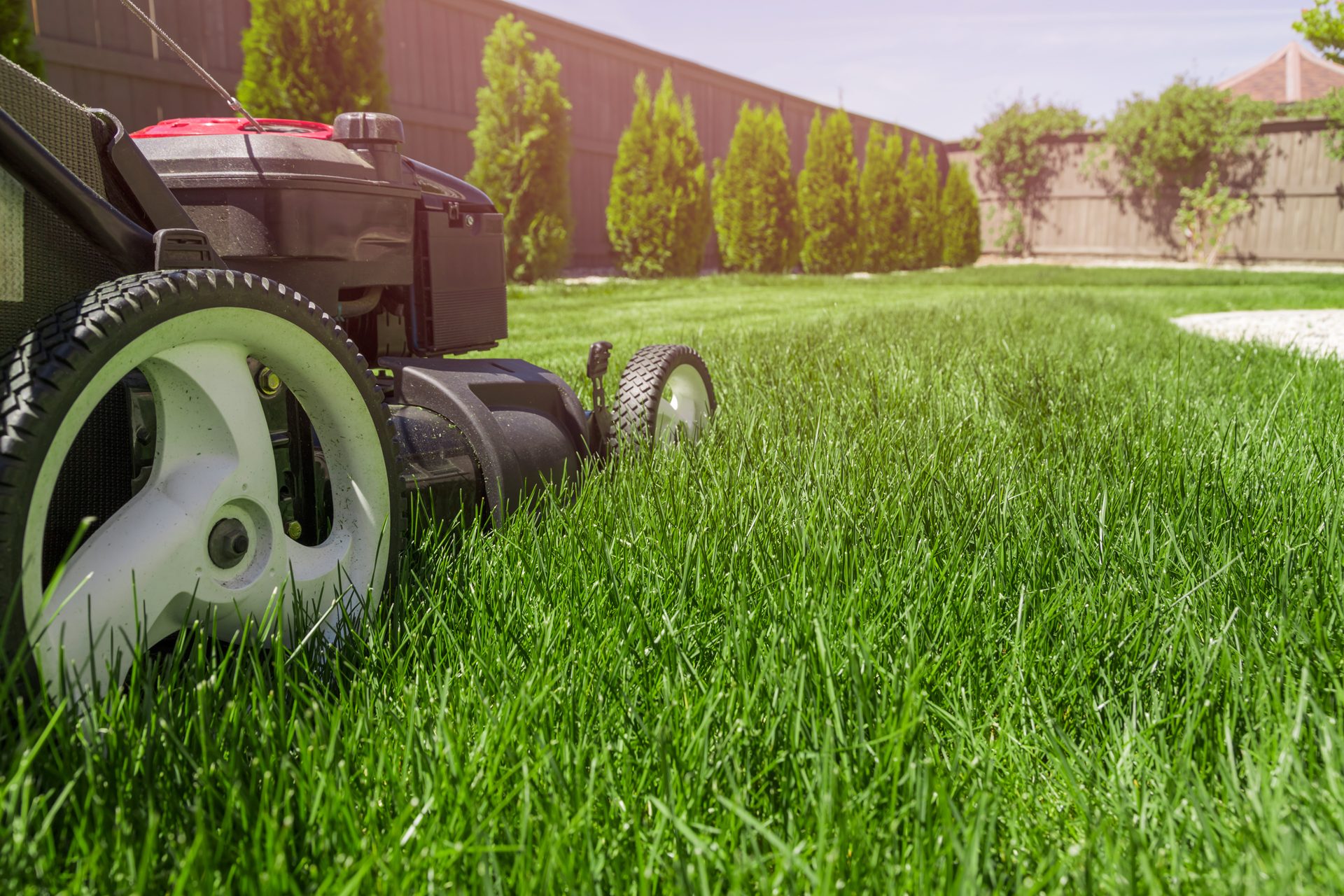The Benefits of Grass Maintenance: Beyond Aesthetics
A well-maintained lawn is commonly viewed as a sign of a picturesque house, but the rewards of lawn care reach far past mere appearance. Through better air quality to boosting property worth, a healthy yard contributes significantly to the surroundings and your happiness. Grasping how to maintain your lawn efficiently can turn a mundane chore into an occasion for pleasure and fulfillment in your yard.
In this article, we will examine the importance of lawn maintenance and its numerous benefits. Regardless of whether you are a newcomer looking to understand the basics of lawn care or a veteran planter seeking to improve your techniques, we will offer insights on how to achieve a vibrant, healthy lawn that thrives throughout the seasons. With the right techniques and knowledge, you can develop not just a pretty garden, but a lasting environment that benefits both you and the planet.
Fundamental Grass Maintenance Techniques
Caring for a healthy lawn demands understanding and implementing important lawn care techniques. One of the basic aspects is ground health. Before planting or caring for your lawn, it's crucial to analyze your soil to determine its pH and nutrient levels. This data allows you to choose the right fertilizers and amendments, making sure that your grass gets the necessary nutrients for growth. Soil aeration is another key technique, as it alleviates soil compaction, which allows water, air, and nutrients to penetrate deeper into the root zone. lawn care near me encourages a more vigorous lawn and enhances overall soil health.
Correct mowing practices play a crucial role in maintaining a lush green lawn. Understanding when and how to mow can greatly influence the health of your grass. It's best to mow when the grass is dry to prevent clumping, and cutting at the right height is essential. A common guideline is to cut no more than one-third of the grass blade at a time, as this helps the lawn recover and encourages deeper root growth. Additionally, keeping mower blades sharp ensures clean cuts, which minimizes stress on the grass and minimizes the risk of disease.
Watering is another critical component of effective lawn care. Understanding how often to water your lawn is crucial for its health, as both overwatering and underwatering can cause problems. A regular watering schedule during the hot summer months is necessary, with morning generally being the most optimal time to water. This practice reduces evaporation and fungal diseases. Implementing rainwater collection systems can also serve as an eco-friendly watering solution, demonstrating that sustainable practices can be incorporated into lawn maintenance without sacrificing quality.
Periodic Lawn Maintenance Strategies
Effective lawn care demands a strategic approach tailored to the season's particular obstacles and prospects. In spring, focus on rejuvenating your grass after winter by assessing its health, cleaning up debris, and using pre-emergent weed control. It is important to provide the lawn with fertilizer through feeding and to aerate the soil, especially if it has compressed over the colder months. Early spring is also the perfect time to sow any bald patches, ensuring a healthy, green lawn as the weather warms.
As temperatures increase in the summer, maintaining a thriving lawn becomes critical. This includes establishing a consistent watering schedule, understanding how often to water your lawn based on the type of soil and climate, and being cognizant of signs of overwatering or underwatering. Mowing during this season requires consideration to the blade height, as higher grass can better withstand heat while also shading the roots and retaining moisture. Additionally, explore natural pest control methods to prevent common lawn pests at bay without damaging the environment.

When fall arrives, it is time to ready your grass for the chillier months ahead. This season involves removing thatch, aerating, and applying a final round of fertilizer to promote root growth before winter. It's also crucial to mow lower to help prevent snow mold and to watch for weeds. Fall is an perfect time to monitor your lawn, as the temperatures are cooler, and there is more moisture in the air, creating a perfect environment for grass recovery and readiness for the impending cold. Following these steps ensures your lawn can thrive all year long.
Common Issues and Resolutions
One of the most frequent challenges homeowners experience in lawn care is dealing with pests. Common lawn pests such as chinch bugs can greatly damage your grass. To tackle this problem, it’s crucial to regularly inspect your lawn for evidence of infestation. Implementing natural pest control methods, such as bringing in beneficial insects or using organic pesticides, can assist keep your lawn in good shape without harmful chemicals. Additionally, maintaining a lush lawn through proper watering and fertilization can make your grass unappealing to pests.
Weeds are another major hurdle in achieving a lush lawn. They contend with your grass for nutrients and water, leading to unsightly patches. To combat this, use environmentally friendly weed killers or pluck weeds when they are young. It’s also helpful to maintain correct mowing heights and ensure your grass is thick and healthy, as this will effectively suppress weed growth. Regularly applying mulch can also help control weeds while enriching the soil.
Lastly, seasonal changes can pose challenges for lawn maintenance. Moving between seasons, particularly from winter to spring, requires special care to revive and prepare your lawn. Following a spring lawn care checklist can guide you through the necessary steps, such as loosening soil and fertilization. Additionally, during hot months, ensuring ample watering and shade can protect your grass from temperature stress. Formulating a fall lawn care routine will prepare your lawn up for achievement in the colder months, ensuring it remains healthy and resilient throughout the year.